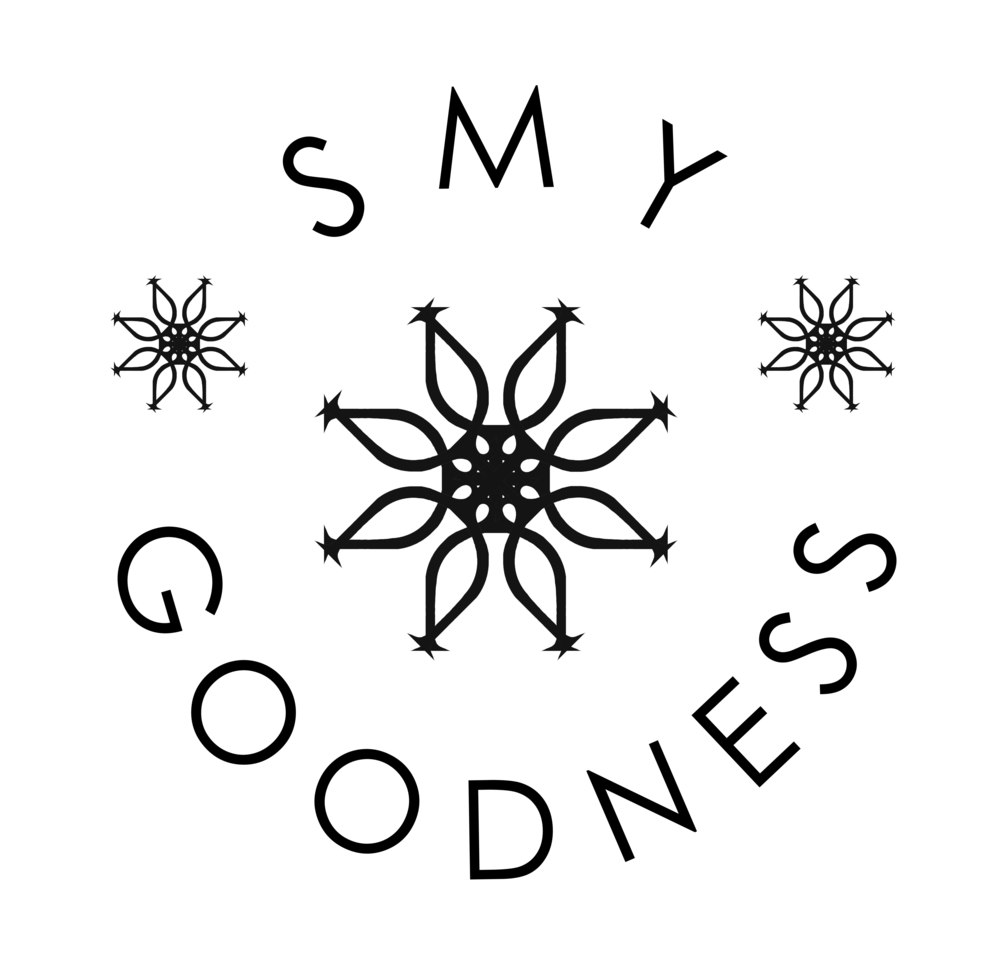Edward Lear's characters the Owl and the Pussycat eat slices of quince with a "runcible spoon." Lear invented the word "runcible" which appears in a few of his poems and it would appear that a "runcilbe spoon" has a range of definitions from a spork, a ladle, a double sided spoon, a grapefruit spoon or a pickle spoon. Many of the above descriptions note a serrated edge which would make perfect (non)sense for an Owl and a Pussycat to easily share their slices of quince. Even post-poached the hardy quince still maintains its texture which isn't surprising if you've ever prepared quinces as they put the sharpest knife through it's paces to get through the hard flesh of the quince.
My only interaction with quince was seeing them over the church wall in the Vicar's garden in Orford and eating membrillo in Spain. After reading about their roots, travels and folklore from the Middle East and throughout I learnt that marmalade was traditionally made in the Middle East with quince and honey. In fact the Portuguese word for quince is "marmelo" and their preserve of it became know n as "marmalada" which we would recognise as quince paste or quiddany (also known as membrillo, codignat or mela cotogna in Spain, France and Italy respectively). Although we now associate marmalade with citrus fruits, it is only relatively recently that this has been the case as oranges and citrus fruits became more readily available in the 16th and 17th centuries.
This year I truly got my hands on a proper quantity of quince thanks to my friend Joshua and the quince tree in his parents garden. Joshua did all the dare-devil climbing and navigating the branches to drop the quince into my waiting hands and not my face as each quince, no matter how small, has a weight and density far heavier than expected. We gathered about 20 kilos of quince and then I carted 12 of those kilos across and up a gorgeously sunny Primrose Hill. I actually questioned this decision about half way up the hill when I was sweating, the sun was in my eye and I felt that with each step my knees might buckle under the quince on my back and in my hands.
From the 12 kilos I was able to experiment to my hearts desire with all sorts of quince recipes including quince jelly, quince "friendship" jam, membrillo, membrillo jam, quince brandy and more. My 12 kilo quince hall should have been a sign that quince are challenging yet glorious. A simple cleaning will not do with a quince but they do require a proper scrub in order to remove the fuzz that clings to them. I've found that soaking them for a bit and then going at them with a vegetable scrubber under running water is perfect and reveals their lovely, squeaky clean skin. Getting to the flesh requires strength, patience and attention as their flesh is notoriously hard to peel, chop, slice or grate. For most of my recipes I try to avoid peeling any fruit as that is where lots of the flavour and vitamins often are.
Joshua has been so generous with his quince tips for membrillo, jam, crumbles, brandy and my favourite tip of his was to pop a quince in your wardrobe and let the distinctly floral and fruity fragrance scent your clothes and linen. It's their aroma, shape, longevity, history and versatility that, in my opinion, places them at the top of the fruit kingdom. Links coming shortly for specific recipes and my attempt to respect and honour the quince so kindly given to me by Joshua and I am so grateful because this glut of quince was a highlight of my preserving year - thanks!













